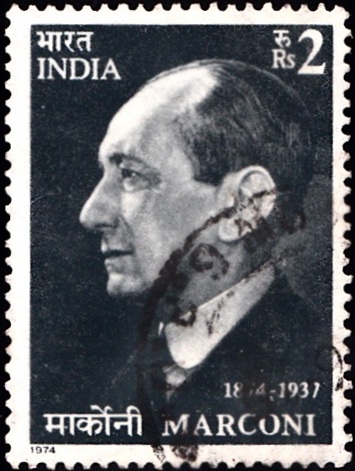
India on Marconi
A commemorative postage stamp on the birth centenary of Guglielmo Marconi, 1st Marquis of Marconi, an Italian inventor and electrical engineer, known for his work on long-distance radio transmission and radio telegraph system, received Nobel Prize for Physics in 1909 :
Issued on Dec 12, 1974
Issued for : The Indian P & T Department deems it a great privilege to bring out a commemorative stamp in honour of this great Italian scientist whose epoch-making invention has revolutionised the world of communications.
Description of Design : The design of the stamp is vertical and depicts the portrait of Marconi.
Type : Stamp, Postal Used
Colour : Grey
Denomination : Rs.2
Overall Size : 3.91 X 2.90 cms.
Printing Size : 3.56 X 2.54 cms.
Perforation : 13 x 13
Watermark : Unwatermarked paper
Number Printed : 20,00,000
Number per issue sheet : 35
Printing Process : Photogravure
Designed and Printed at : India Security Press
Name : Guglielmo Giovanni Maria Marconi
Born on Apr 25, 1874 at Palazzo Marescalchi, Bologna, Italy
Died on Jul 20, 1937 at Rome, Italy
About :
- Guglielmo Marconi was born in the Italian town of Bologna on April 25, 1874. He had his early schooling in Bologna and Florence. Later he went to the technical school of Leghorn, where he studied Physics under Vincenzo Rosa and had the opportunity of investigating electromagnetic (or Hertzian) waves, following the earlier mathematical work of Maxwell and the experimental work of Hertz, Lodge and others.
- After conceiving the idea of using electro-magnetic waves for telegraphy, he carried out various experiments and finally in 1895 succeeded in transmitting signals over a distance of a few metres. Later, he was able to transmit Morse signals over distances of more than three kilo-metres. The following year he went to England to file his first patent in Wireless Telegraphy. A letter of introduction to William Preece, Engineer-in-Chief of the General Post Office, led to a series of demonstrations culminating in 1897 in a record transmission across 14 Kms. of the Bristol Channel.
- By the end of the century wireless communication had been adopted by the British and Italian Navies. Its value as a life saver was also quickly recognised by the merchant navy. Thanks to wireless, a number of lives were saved during the “Titanic” disaster in 1912.
- The year 1901 was a landmark in Marconi‘s life. Apart from the establishment of a wireless school (today’s Marconi College) and communicating over a distance of 319 Kms. between Isle of Wight and Lizard, he succeeded in his famous trans-Atlantic experiments conducted with the assistance of such noted persons as Dr. Fleming (inventor of the radio valve), George Kemp, P.W. Paget and others. He was able to receive signals sent from Poldhu Cornwall, across the Atlantic Ocean at St. John’s, New Foundland.
- Wireless soon became popular and was adapted to aeroplanes during the First World War. A further stride in wireless communications was made in 1919, when a Marconi engineer made the first east to west transatlantic telephony transmission, and the concept of broadcasting took shape at Marconi‘s Works in Chelmsford. In 1922, the British Broadcasting Company (which later became the British Broadcasting Corporation) was formed by Marconi‘s Works and five other manufacturers. In 1924, the British Government awarded a contract to Marconi for the formation of a wireless telecommunication network connecting countries in the British Empire, using shortwave directional transmission developed by him.
- In 1929, Marconi returned to Italy because of ill-health, but continued his work, as a result of which he installed the first microwave telephone link in 1932 and also demonstrated the principles of Radar in 1935. The Marconi EMI Ltd., in England had, in the meantime, introduced the world’s first high definition television service.
- The Nobel Prize for Physics awarded to Marconi in 1909 was one of the many honours he received during his life time. After the First World War during which he served in the Italian Army, he did intensive diplomatic work as a plenipotentiary delegate to the Paris Peace Conference. The great pioneer and inventor died in Rome on July 20, 1937. A fitting tribute was paid to him when wireless transmission all over the world was stopped for two minutes.



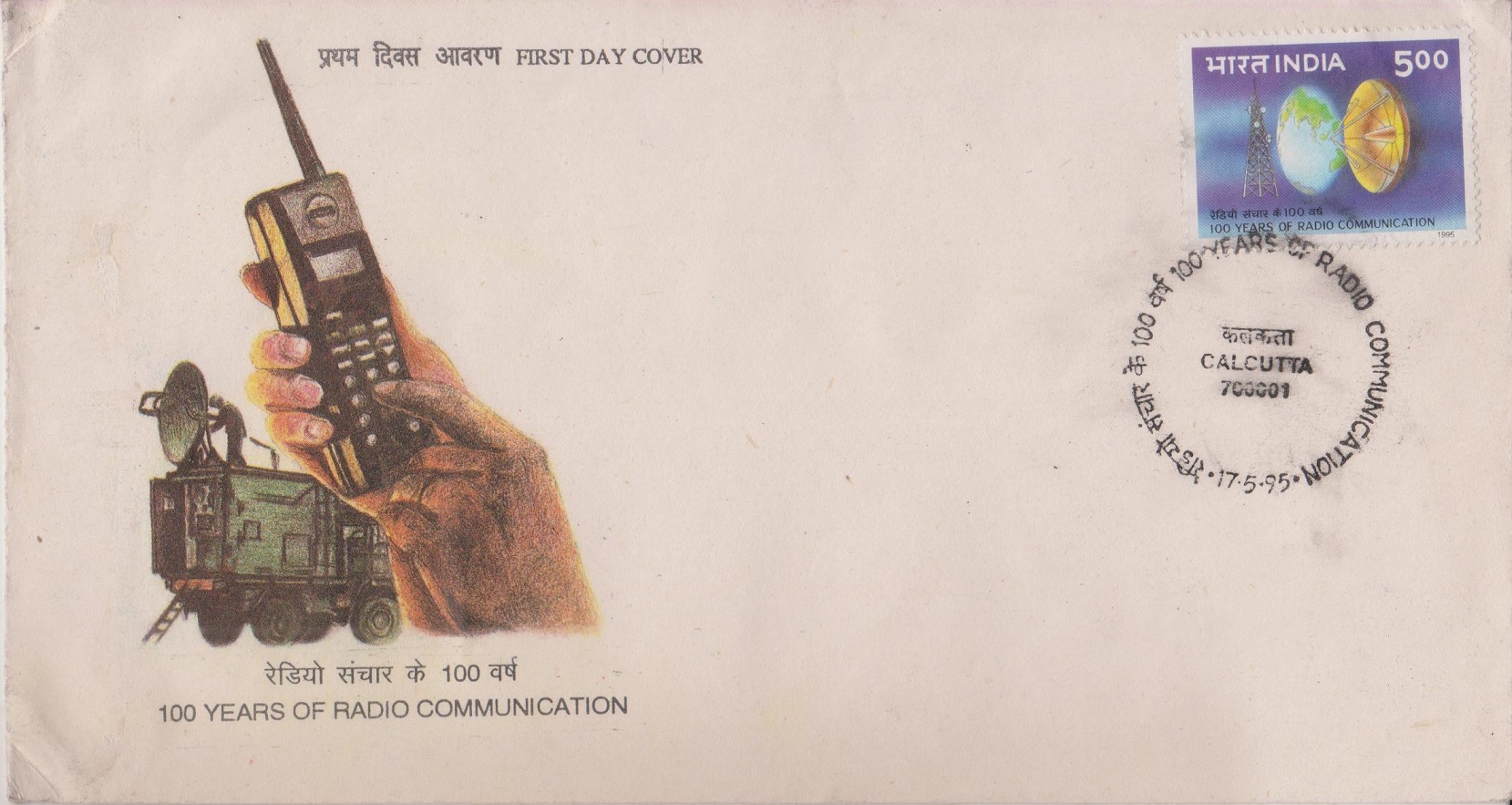
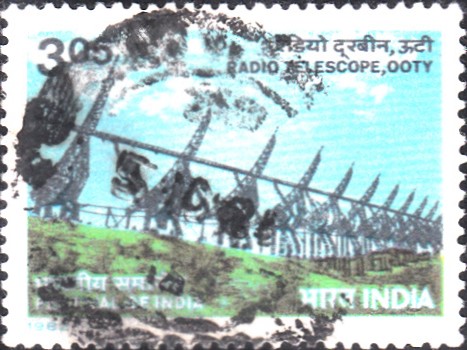
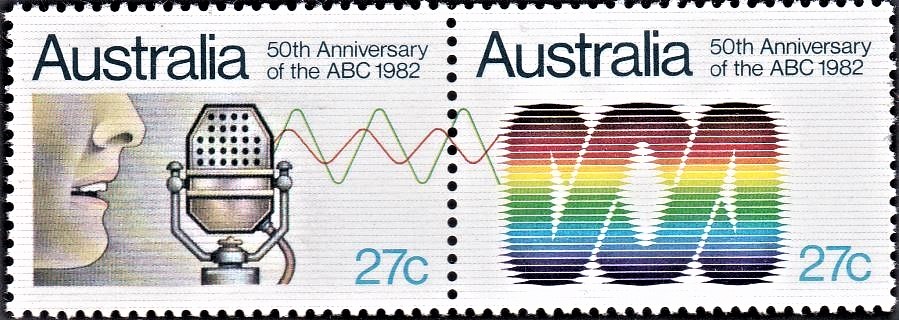
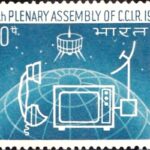

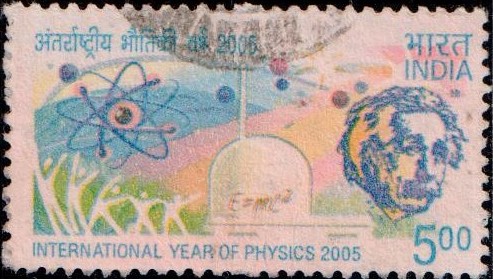
[…] century ago when Prof. Oliver Lodge of Great Britain demonstrated transmission over some distance, Marconi demonstrated signalling in Italy and Popov independently applied similar apparatus to demonstrate […]